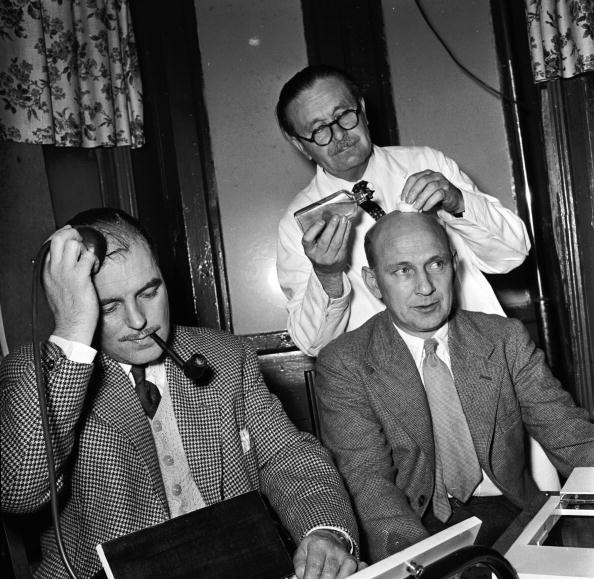
Male pattern baldness has been one of the major predicaments middle-aged men are experiencing today. Statistics say that this type of baldness accounts to about 95% of baldness in men and by the age of thirty-five, two-thirds of American men will experience some degree of appreciable hair loss. By the age of 50 approximately 85% of men have significantly thinning hair.
However, a new study shows that one painful and simple method could actually cure baldness, and that is plucking what's left.
Scientists from the University of California discovered that by pulling 200 hairs in a precise pattern and density in a mouse subject, researchers can induce up to 1,200 replacement follicles.
"It is a good example of how basic research can lead to a work with potential translational value," said Cheng-Ming Chuong, a professor of pathology at the Keck School of Medicine of USC.
"The work leads to potential new targets for treating alopecia, a form of hair loss," he added as reported by USC News.
The study, which was first considered an accident, could potentially pave the way to the discovery of a widespread cure for baldness worldwide, if human trials would be successful. It began when visiting scholar Chih-Chiang Chen arrived at USC from Taiwan. He was a dermatologist and he is aware that hair follicle injury can affect its environment. The two authors collaborated to be able to use the environment Chuong lab has made for hair regeneration to come up with something that could treat baldness.
They made use of a strategy to pluck 200 hair follicles one by one in different configurations on their laboratory mouse. Science World Report says that when the researchers plucked the hairs in a low-density pattern from an area exceeding six millimeters in diameter, the hairs did not regrow. However, when they plucked the hairs in a high-density pattern from circular areas between three and five diameters, the hair growth happened. Around 450 to 1,300 hairs regenerated.
"The implication of the work is that parallel processes may also exist in the physiological or pathogenic processes of other organs, although they are not as easily observed as hair regeneration," Chuong said in an interview.

